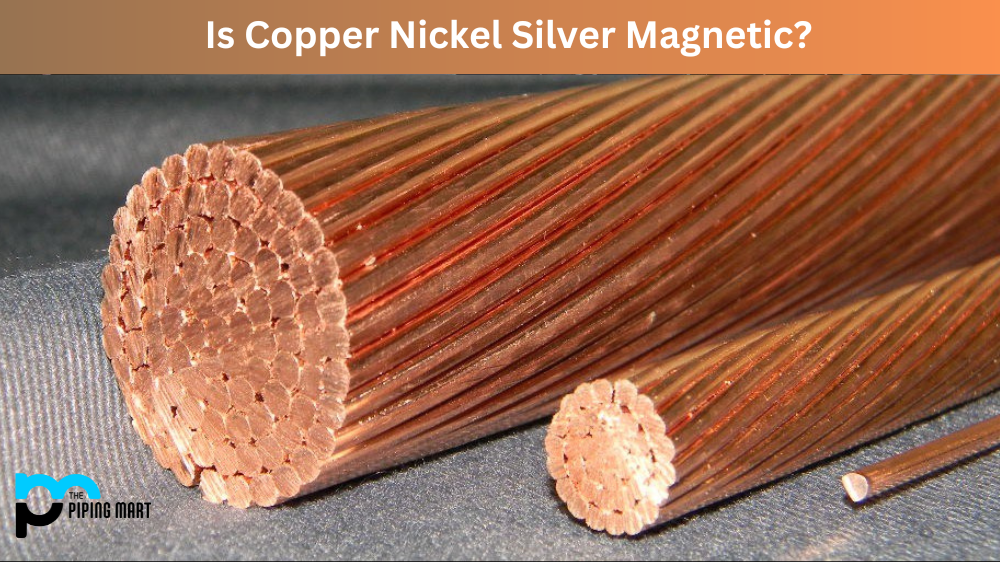Steel is one of the most widely used materials around the world. It is incredibly versatile, strong, and durable. However, it can be vulnerable to corrosion if exposed to the elements. As such, galvanizing steel is an often-used technique that adds a protective layer to the steel, making it more resistant to environmental damage. Here’s a look at some of the advantages and disadvantages of using galvanized steel in your projects.
5 Advantages of Galvanised Steel
One of the main advantages of galvanizing steel is its superior resistance to corrosion and rust. This makes it ideal for use in outdoor environments where metal components would otherwise be exposed to harsh weather conditions. Galvanized steel does not require additional maintenance as its zinc coating will last many years without repainting or refinishing. This can save you time and money in the long run, as there’s no need for regular upkeep or repairs on your metal structures or equipment.
In addition, galvanized steel has excellent thermal properties, which make it suitable for use in commercial buildings such as warehouses and factories where insulation is essential. In this regard, galvanizing steel helps reduce energy costs since heat transfer between interior spaces and exterior surfaces is minimized. Furthermore, galvanizing steel allows you to achieve aesthetic effects with different types of finishes, including matte, semi-gloss, gloss, and satin finishes depending on your preferences.
- Galvanized steel is more durable than other types of steel.
- Galvanized steel is less likely to rust and corrode.
- Galvanized steel is easy to maintain.
- Galvanized steel is recyclable.
- Galvanized steel can be used in a variety of applications.
5 Disadvantages Of Galvanising Steel
The most significant disadvantage of using galvanized steel is that it can be more expensive than other types of metals due to its increased production cost associated with applying zinc coating during manufacturing. Additionally, galvanized steel may rust over time due to contact with certain chemicals or exposure to specific environments, which can affect its lifespan significantly. This should also be considered when deciding whether or not this material is suitable for your projects. Finally, zinc plating can sometimes cause issues when welding, so consult a professional before welding work on your project involving galvanized steels!
Limited Protection
One of the primary disadvantages of galvanizing steel is that it offers limited protection. Galvanizing steel involves coating the metal with a layer of zinc, which helps to protect it from corrosion. However, the zinc will corrode over time, and the steel will be exposed to the elements again. Additionally, galvanized steel is less effective in protecting against corrosion than other methods, such as stainless steel.
Can Be Toxic
Another disadvantage of galvanizing steel is that it can be toxic. The process of galvanizing steel involves using zinc, a metal that can harm human health if inhaled or ingested. Additionally, zinc can release harmful toxins into the environment when it corrodes.
Requires Regular Maintenance
Galvanized steel also requires regular maintenance to keep it in good condition. The zinc layer on the metal will need to be regularly replaced to prevent corrosion. Additionally, galvanized steel should be cleaned periodically to avoid the build-up of dirt and grime.
Can Be Expensive
Another disadvantage of galvanizing steel is that it can be expensive. Galvanizing steel is typically more costly than other methods of protecting against corrosion, such as painting or using a sealant. Additionally, regular maintenance can add to the cost of owning galvanized steel.
Aesthetically Unpleasing
Finally, some people find that galvanized steel could be more aesthetically pleasing. The zinc coating on the metal can give it a dull appearance that some people do not find appealing. Additionally, over time, the zinc coating may start to flake off, leaving an uneven and unsightly surface.
Conclusion:
Galvanizing steel offers many advantages that make it ideal for many applications, from industrial structures and equipment to residential projects like fences and decks. Its superior resistance to corrosion makes it perfect for outdoor use. In contrast, its thermal properties make it an excellent choice for commercial buildings looking to reduce energy costs by minimizing heat transfer between indoor and outdoor spaces. However, some disadvantages are associated with using this material, such as increased production costs due to the zinc coating process and potential welding issues. So, research before deciding if this material is suitable for you!

Abhishek is a seasoned blogger and industry expert, sharing his insights and knowledge on various topics. With his research, Abhishek offers valuable insights and tips for professionals and enthusiasts. Follow him for expert advice on the latest trends and developments in the metal industry.




